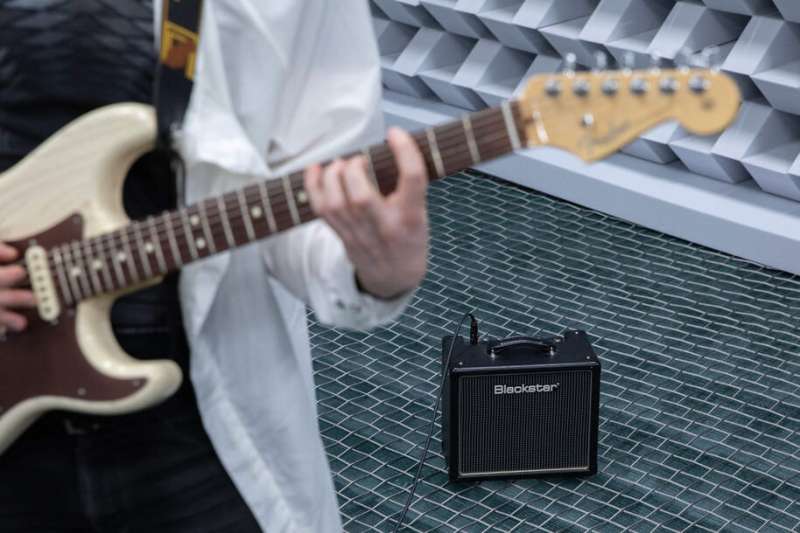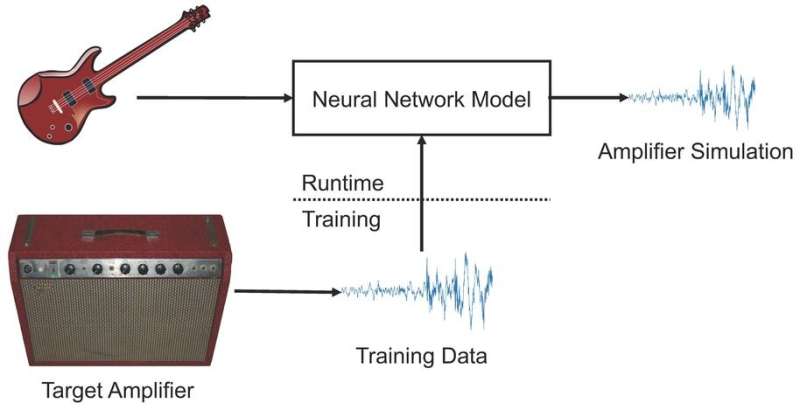Deep learning can fool listeners by imitating any guitar amplifier

A study from the Aalto Acoustics Lab demonstrates that digital simulations of guitar amplifiers can sound just like the real thing. The implications are that as the software models continue to improve, they can replace traditional analogue guitar amplifiers, which are bulky, fragile and expensive.
Many popular guitar amplifiers and distortion effects are based on analogue circuitry. To achieve the desired distortion of the guitar signal, these circuits use nonlinear components, such as vacuum tubes, diodes, or transistors. As music production becomes increasingly digitized, the demand for faithful digital emulations of analogue audio effects is increasing.
Professor Vesa Välimäki explains that this is an exciting development in deep learning, 'Deep neural networks for guitar distortion modeling has been tested before, but this is the first time, where blind-test listeners couldn't tell the difference between a recording and a fake distorted guitar sound! This is akin to when the computer first learned to play chess'.
The main objective of the field of Virtual Analog (VA) modeling is to create digital emulations of these analogue systems which will allow bulky, expensive and fragile analogue equipment to be replaced by software plugins that can be used on a modern desktop or laptop computer.
A specific amplifier's circuitry can be accurately simulated using circuit modeling techniques, but the result is often a model that is too computationally demanding for real-time processing. Additionally, a new model has to be created for each amplifier being modeled, and the process is labor intensive.

An alternative approach for VA modeling is "black-box" modeling. Black-box modeling is based on measuring the circuit's response to some input signals and creating a model which replicates the observed input-output mapping. The study from which these results came, was based on the WaveNet convolutional neural network.
The digital amplifier model is created using a deep neural network. Audio is recorded from a 'target' guitar amplifier, and this audio is used to train the deep neural network to simulate that guitar amplifier.
Alec Wright, a doctoral student, focusing on audio processing using deep learning says,' The tests were conducted to validate the performance of models emulating either the Blackstar HT5 Metal or Mesa Boogie Express 5:50+ tube amplifiers. The models were created with a focus on real-time performance, and all of them can be run in real-time on a desktop computer'.
All of this means that in the near future, all a guitarist will need to do is plug into their laptop that is running the deep neural plugin, and a thoroughly convincing vintage guitar amp sound will come from the speakers.
It remains to be seen if guitar amplifier purists will be willing to part with their beloved rigs, but this innovation paves the way for any audio enthusiast to digitally get the desired guitar sound, whether it be a Marshall, Orange, Fender, or anything else, on the road or in the studio.


















